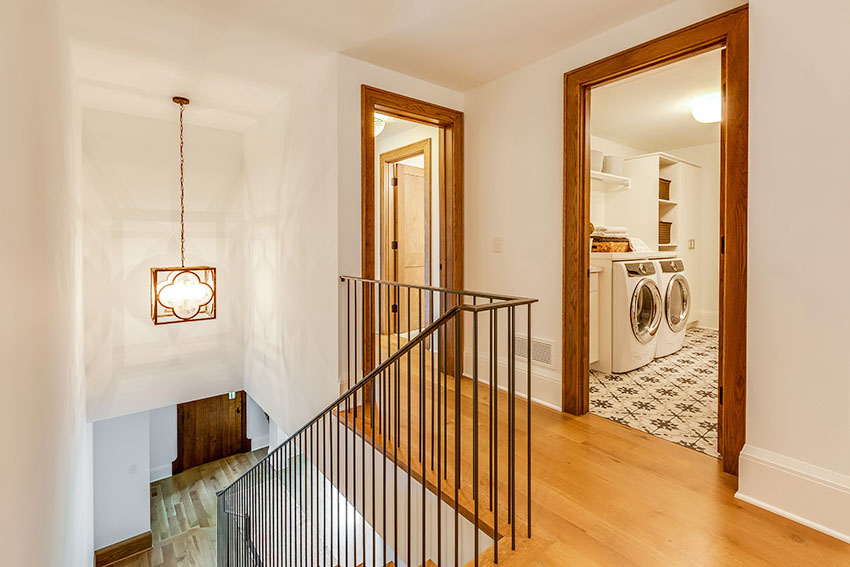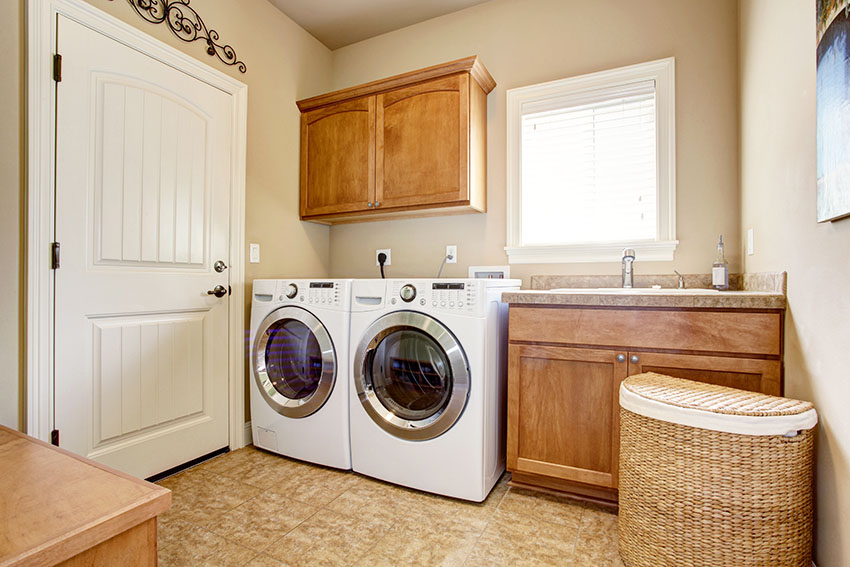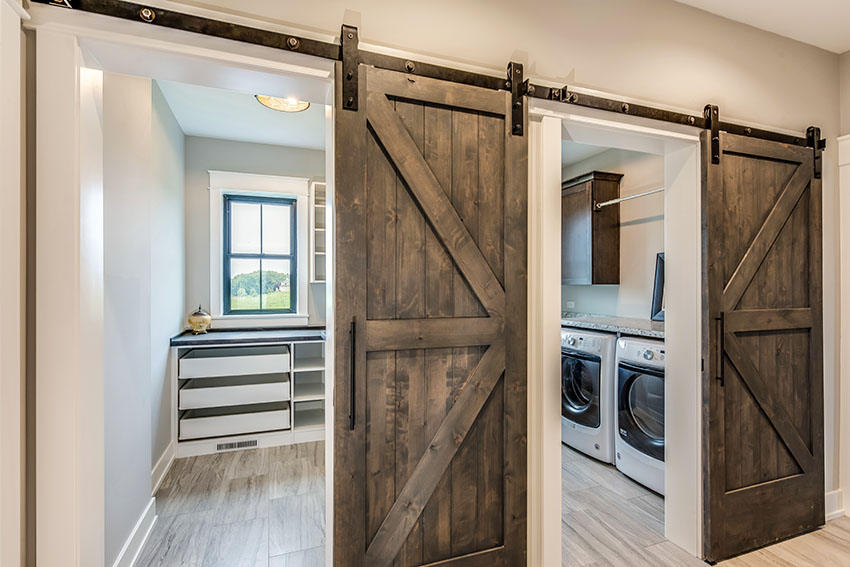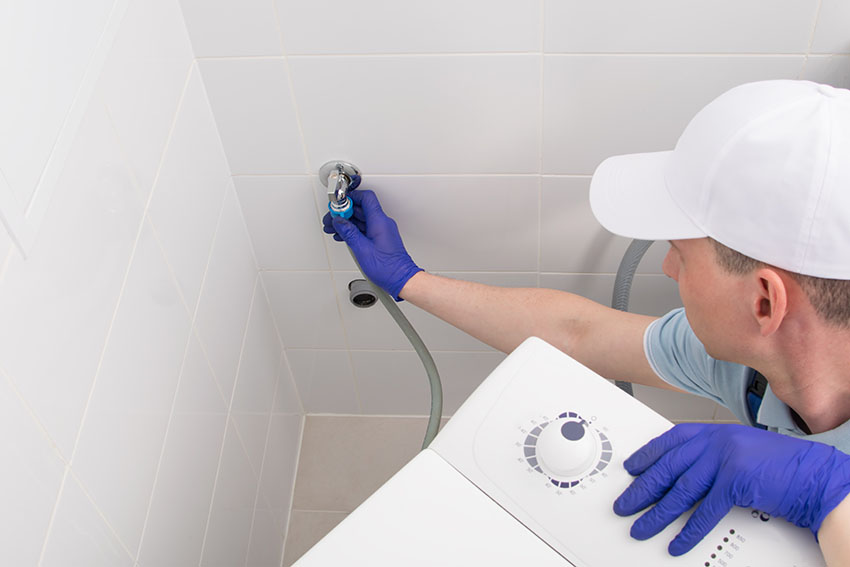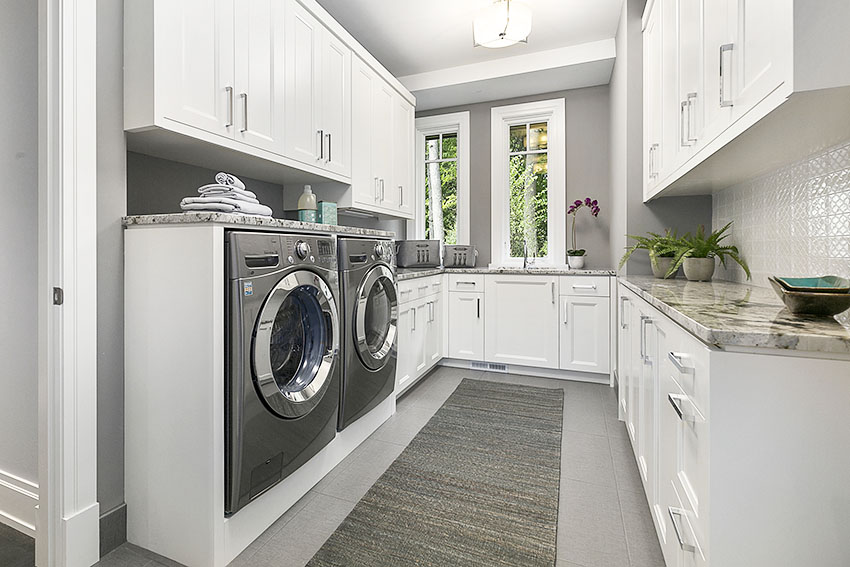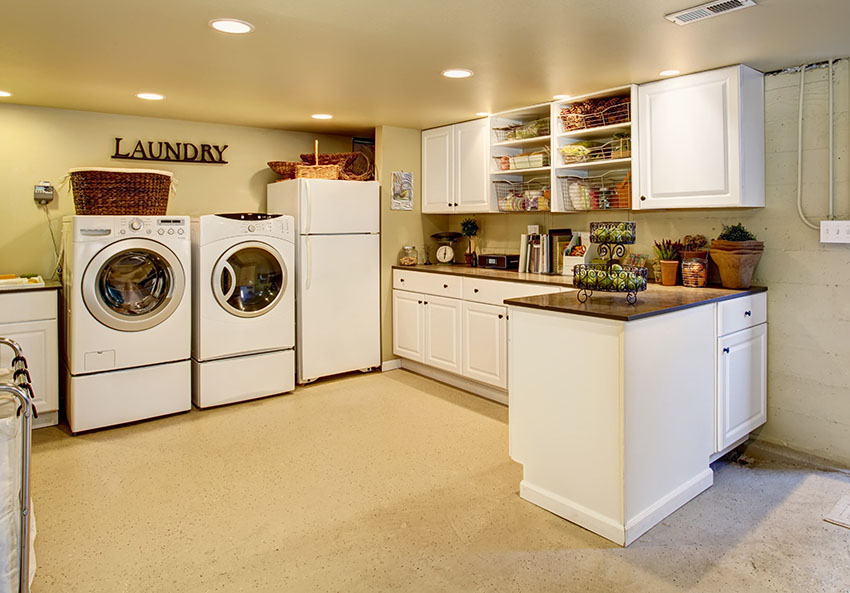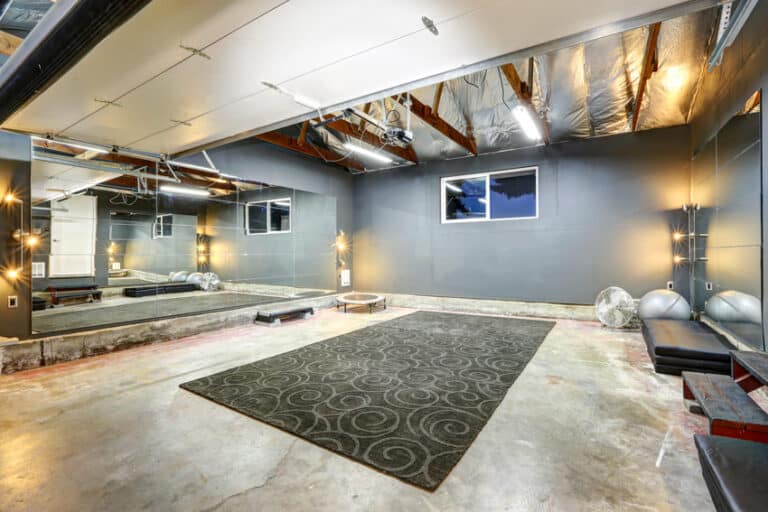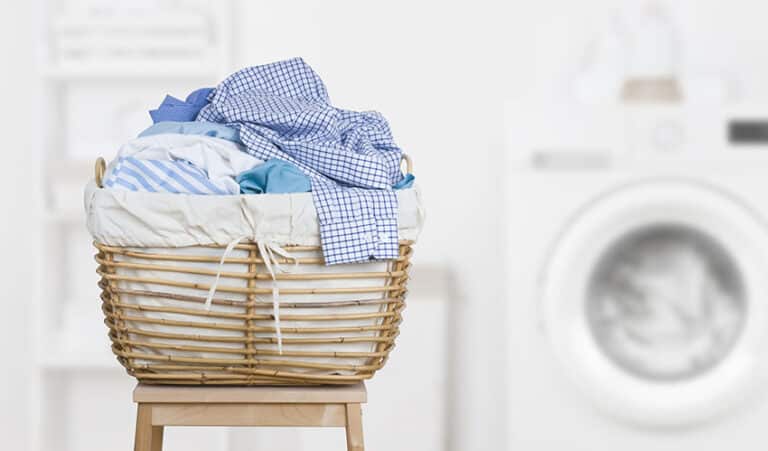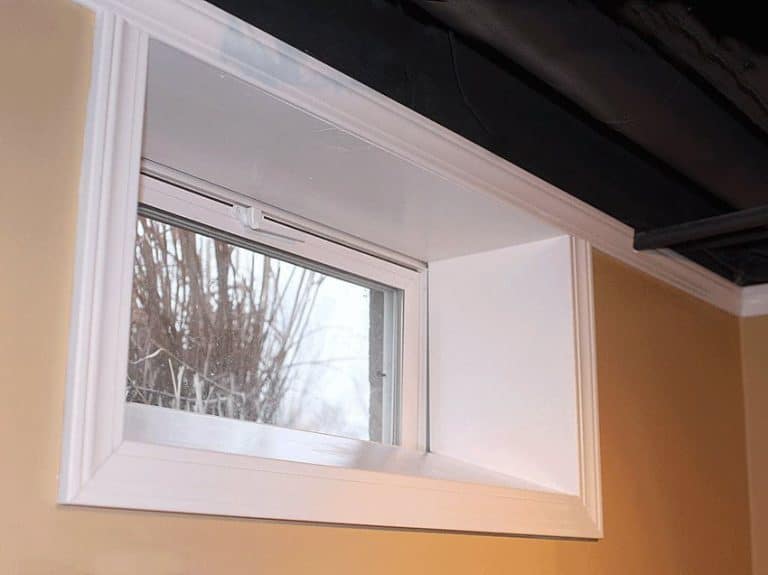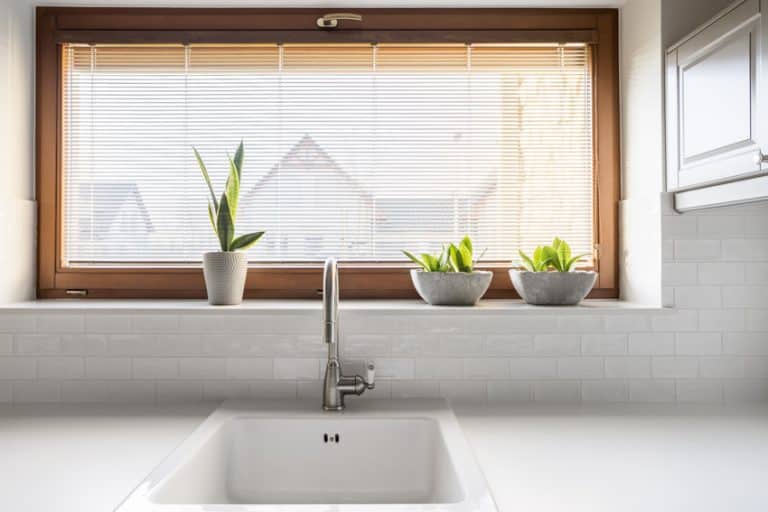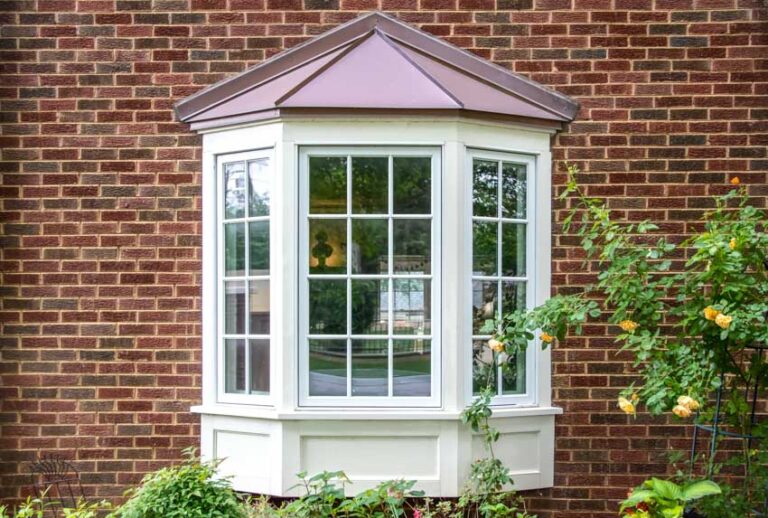Moving Laundry Room Upstairs
Having a dedicated space for washing your clothes makes your home more enjoyable to live in. It can also make the dwelling more attractive to future buyers. Moving the laundry room upstairs is worth considering if it would give you more space, lessen your workload, or improve the functionality of your home.
Whether you’re considering moving the laundry room from the basement to the main floor or the second floor, learn the ins and outs of moving this area from one level to another. We’ll review your options, including the costs and difficulty level involved.
Can You Relocate a Laundry Room?
Yes, you can relocate a laundry room. Any room in your home can serve as a place to wash clothes, provided it is structurally capable of supporting the weight of the machines and properly equipped with appropriate plumbing, ventilation, and electricity.
To power your washer and dryer, you will need to connect them to mains electricity through a suitable outlet. If no suitable outlet is available in your chosen location, you can hire an electrician to create one.
The washer requires a water supply and a drain line to carry away the waste. A plumber is generally required for these tasks.
Most dryers release the hot, moisture-laden air produced by drying clothes through a duct that passes through the exterior wall of your home. These are known as vented dryers. If you’re using a vented dryer, the dryer must be placed against an exterior wall.
Ventless dryers are also available but are less common. With these appliances, the moisture from the clothes condenses and collects within the machine. No exterior vent is required.
Doing away with the requirement for an exterior vent makes it more feasible to relocate this area, but the drying experience of vented and ventless models is not the same. Ventless dryers take up to twice as long to dry your clothes and usually can’t handle large loads.
Is It Easy to Relocate the Washer and Dryer?
Washers and dryers are easy to relocate but may require support from a plumber and electrician. Both washers and dryers require electricity to operate, so you’ll need appropriate outlets.
Many washers can run on a standard 120-volt outlet, although some models require a 240-volt outlet. Most dryers require 240 volts of electricity. If the new space doesn’t have a 240-volt outlet, you will need an electrician to install one before you can relocate the dryer professionally.
One safety consideration: if a sink is located within six feet of the washing machine, the appliance must be plugged into a ground fault circuit interrupter (GFCI). GFCI outlets protect you and your appliances from a surge of electricity, reducing the risk of injury or fire.
Unless you purchase ventless models, you must ensure your appliances are properly vented to ensure they don’t emit hazardous fumes. To ensure your washing machine and dryer are properly vented, you will most likely want to hire a contractor skilled in plumbing and sewer work.
You also want to ensure the space you select is large enough to accommodate a washer and dryer. You can read more about washer and dryer dimensions on this page.
Moving Laundry Upstairs to the 2nd Floor
To reclaim the space from your current laundry room on the main floor, consider moving it upstairs to the second floor.
While second-floor laundry rooms are somewhat uncommon, this may be the most practical solution to your problem. In most homes, the second floor has a full bathroom, supplied with water from the mains supply, making the installation of this area next door convenient and relatively inexpensive.
If you move it to the second floor of your home, you have extra reason to be concerned about leaks damaging your property below. Monitor the condition of the water supply hoses, and consider swapping them out for steel-braided versions.
If you notice a leak anywhere around the washing machine, use the shut-off valve to turn off the supply and unplug the machine before investigating.
Moving A Laundry From the Basement to the Main Floor
This area on the main floor is more convenient than a laundry room in the basement, as it’s more integrated into your daily life. Basements tend to be cold, damp, and uninviting, which makes it harder to motivate yourself to switch the washing to the dryer.
Even if your basement is dry and brightly lit, going up and down the stairs with a basket is a chore. It requires a good amount of balance, strength, and dexterity. People with mobility challenges may not be able to safely navigate to and from a basement washing room.
Moving this area from the basement to the main floor can be part of a wider risk reduction strategy, allowing seniors to continue living independently.
Cost of Moving A Laundry Upstairs
The cost of moving your washer and dryer upstairs is likely to be around $5,000. This price is driven by the large quantity of professional labor required to complete this project. If you are constructing an entirely new room or making significant decorative changes, the cost could easily spiral up to $15,000 or more.
Expect to pay an electrician between $40 and $100 for each hour of their work. Installing a new 240-volt outlet for the dryer takes about five hours. It therefore usually costs between $200 and $500.
Plumbers command hourly rates of $50 to $150 per hour, depending on location. You will need a plumber to connect your washer to the main water supply, install a drain line, and attach a shut-off valve. If your dryer is gas-powered, a plumber must run and connect a new gas line in your desired location.
How long you’ll need the plumber varies depending on the job’s complexity. If the designated area for washing clothes shares a wall with a bathroom, less time and effort is required than if a new line needs to be run halfway across the house.
Accessing your home’s plumbing and wiring may require cutting through the drywall. You can expect this demolition to be included in the cost of hiring an electrician or plumber. However, the homeowner is usually responsible for replacing the drywall or patching the access point.
You’ll need to purchase the supplies and spend time to do this yourself or hire a drywall contractor. Professional drywall contractors usually charge between $50 and $100 per square foot.
Laundry Plumbing Cost
Plumbing costs are one of the most significant expenses for moving your laundry room. Unless a washer hookup is already in place, this project requires a professional plumber.
Professional plumbers have the skills required to do this project safely and efficiently. They use their knowledge and expertise to identify the best spot to join the existing plumbing with the pipes and hoses that will connect your washing machine and install a cut-off valve.
They’ll also install a drain line, which allows used water to exit your property. Plan to spend at least $350, even if the washer is ideally located and the main water supply is easily accessible.
In projects where the main water supply is not easily accessible, the cost will rise accordingly. Budget between $50 and $250 per foot of new pipe. The same costs apply if your new space requires rerouted gas lines. If it isn’t conveniently placed, your plumbing costs could be as high as $2,000.
Where Is the Best Place to Put a Laundry Area?
The best place to put a laundry room depends on your household’s configuration and priorities. Washing machines and dryers are heavy appliances, so they must be placed on a floor that can support their weight.
Appropriate hookups are required, so ideally, you would choose a place close to the main water supply (and gas line, if required).
For a budget-friendly solution, these areas are best placed near other rooms connected to water, such as kitchens and bathrooms. This limits the amount of new pipe or wiring that will need to be installed, keeping the cost as low as possible. Read more about putting a laundry in a bathroom here.
Putting this area near the kitchen is also a good choice from a practical perspective, as it allows you to easily switch between washing clothes and food preparation or cleanup. Especially in households with young children, it can be much more convenient to step into the next room to change the laundry rather than traipsing back and forth across the house.
Before choosing a place to put a laundry room, consider the level of noise and vibration generated by washers and dryers, the noise from these areas that are too close to bedrooms or living rooms may interrupt sleep or make it difficult to enjoy watching movies and television.
Excessive vibration can cause a top-load washer to ‘walk’ away from the wall, resulting in broken hoses and costly leaks. Anti-vibration mats can be placed under washers and dryers to help decrease this possibility.
Another popular choice for laundry room placement is just inside the rear or side entrance of your home. In this configuration, the laundry room can double as a mudroom or utility room. Heavily soiled clothes from work or play can be immediately deposited into the washer to avoid carrying debris into your home.
For more related content, visit our laundry room dimensions guide here.

